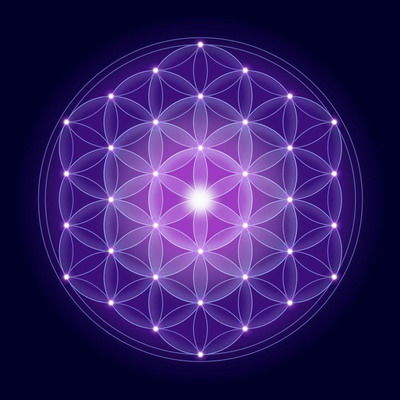Meditation as a Fun Game


Classically one practices some disciplined yoga and meditation for a time which placates one’s body/mind. Such practices often need to be followed for months and years to achieve mastery, however this exercise can be performed at almost any time or place when not actively engaged in doing stuff.
Stop the world, I want to get off!
Be warned that by undertaking this exercise,
you do so with complete self responsibility.
 Having loosened your clothing and minimised the possibility of distractions, it’s a good idea to perform a few simple stretches or limber up so that you are prepared to work with your body.
Having loosened your clothing and minimised the possibility of distractions, it’s a good idea to perform a few simple stretches or limber up so that you are prepared to work with your body.
Stand in tadasana – that is stand tall and as much as possible have your feet extended and relaxed – do your best to ensure that your big toes touch each other as do your inside heels and ankle bones. Ideally the insides of one’s knees should also touch but if any of these points fail to meet then I recommend a prolonged course of yoga asana practice as per ‘Light on Yoga’.
In this posture, extend down into your feet and feel connected to the floor, then with a few deep breaths make yourself as tall as possible allowing your shoulders to settle back, your chest to open and your head to balance easily. Keep your arms relaxed.
To initially help yourself become comfortable in the posture, keep your eyes open and relaxed while maintaining a point of focus at eye level to assist balance. When standing comfortably as described, attempt to maintain the openness of your body and at the same time gently do your best to sense and move onto your point of balance.
When you can achieve a comfortable degree of steadiness standing as described with eyes open, the game begins. Maintain your posture, relax and close your eyes so that now the goal of the exercise is to bring yourself to an absolute point of balance.
Do not let yourself fall over but you will have a sense of direction in regards to your balance point, and due to the nature of the body, you will need to constantly adjust your musculature to prevent falling. This is rather like attempting to balance while standing on a ball.
The game is to do your best to align yourself move onto your point of balance while maintaining your posture.
No doubt at some time in your life you have attempted to balance a pencil or other object on its point and this game is similar. Do not be concerned with outcomes but generally you will find as you bring your body closer to your centre of balance, you will experience a profound quietness of mind which is sometimes offset by the mind reacting to how tantalisingly close you are to achieving that perfect balance.
Spend maybe five minutes or so at one time and don’t overdo it. You can also make this exercise part of your everyday yoga or workout routine. Be content that you can bring yourself close to that point of balance and allow your bodyweight to freely move around the centre without sacrificing your posture.
The closer you can bring and hold yourself near your point of balance, the more beneficial the exercise is. You have done something completely different and your mind will have quietened considerably because this exercise directs the mind to pay total attention which means that all that daily ‘mind stuff’ disappears to leave one feeling refreshed.
You will enter a new level of consciousness and the body becomes steadfast. In other words a state of Samadhi is achieved and therefore it’s very important to have some spiritual knowledge although the intellect can never be fully prepared for the benefits that come from such practices and you may never be the same again.
References
Cover image from symbolsandmeanings.net
Image from BKS Iyengar’s Light on Yoga, a recommended yoga instruction manual.
DISCLAIMER: The author is solely responsible for the views expressed in this article. The author carries the responsibility for citing and/or licensing of images utilized within the text.
